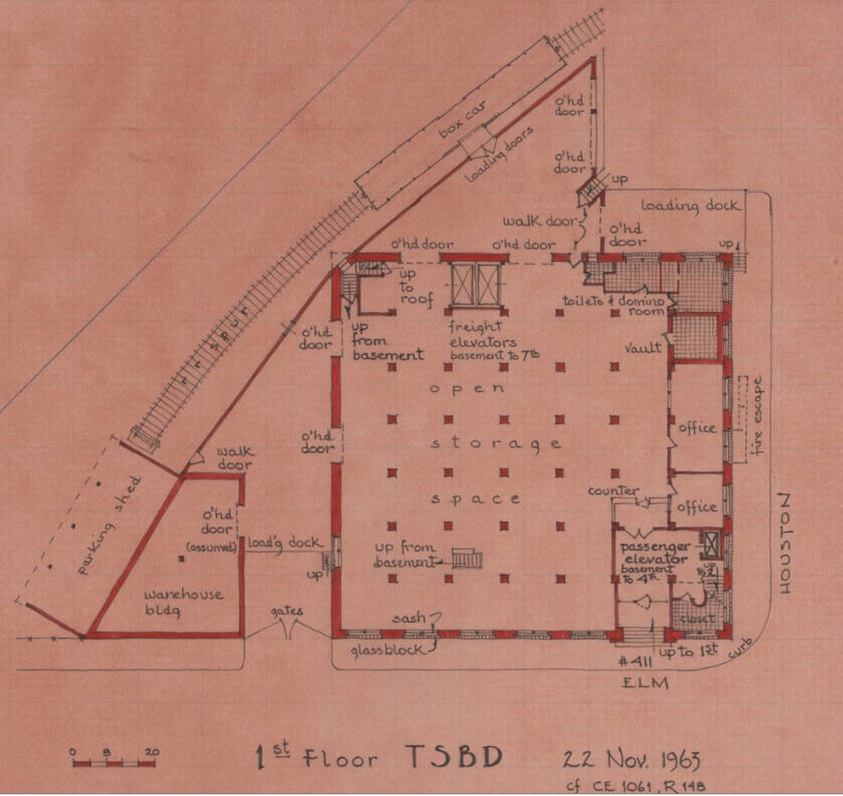"The Warren Report mentions that Dallas Deputy Sheriff Roger Craig claimed that about fifteen minutes after the assassination, he saw Oswald run from the rear of the Depository building, scamper down an incline to Elm Street..."Craig doesn't say this or anything remotely like this. Craig is in no position to see anything happening at the rear of the TSBD:
Mr. BELIN - All right. Your heard someone whistle?
Mr. CRAIG - Yes. So I turned and--uh-saw a man start to run down the hill on the north side of Elm Street, running down toward Elm Street.
Mr. BELIN - And, about where was he with relation to the School Book Depository Building?
Mr. CRAIG - Uh--directly across that little side street that runs in front of it, He was on the south side of it.
Mr. BELIN - And he was on the south side of what would be an extension of Elm Street, if Elm Street didn't curve down into the underpass?
Mr. CRAIG - Eight; right,
Mr. BELIN - And where was he with relation to the west side of the School Book Depository Building?
Mr. CRAIG - Right by the--uh--well, actually, directly in line with the west corner--the southwest corner,
Mr. BELIN - He was directly in line with the southwest corner of the building?
Mr. CRAIG - Yes,
Mr. BELIN - And he was on the south curve of that street that runs right in front of the building there?
Mr. CRAIG - Yes,
Mr. BELIN - And he started to run toward Elm Street as it curves under the underpass?
Mr. CRAIG - Yes ; directly down the grassy portion of the park,
The man Craig sees is directly in line with south-west corner of the TSBD and on the south side of the little dead-end street that runs in front of it. He is in front of the TSBD at the west corner. In the bottom left-hand corner of the diagram below there is a red and white bar marked 0 - 20, Craig places the man he sees approximately where the 0 is:

As far as I know the triangle(ish) structure at the west of the TSBD (marked "warehouse bldg" and "load'g dock") was completely empty at the time of the assassination, I could be totally wrong about that. I'm assuming the door marked "walk door" is the entrance Lovelady and Shelley were so keen to avoid mentioning in their affidavits. Was this door guarded after the police lockdown? I can't find any mention of it.